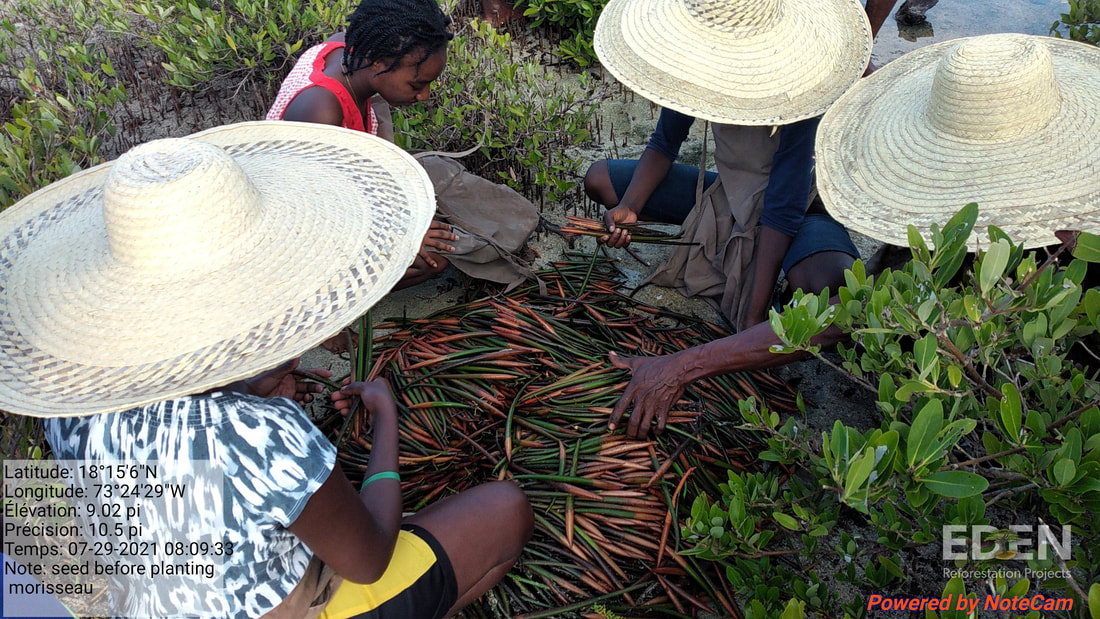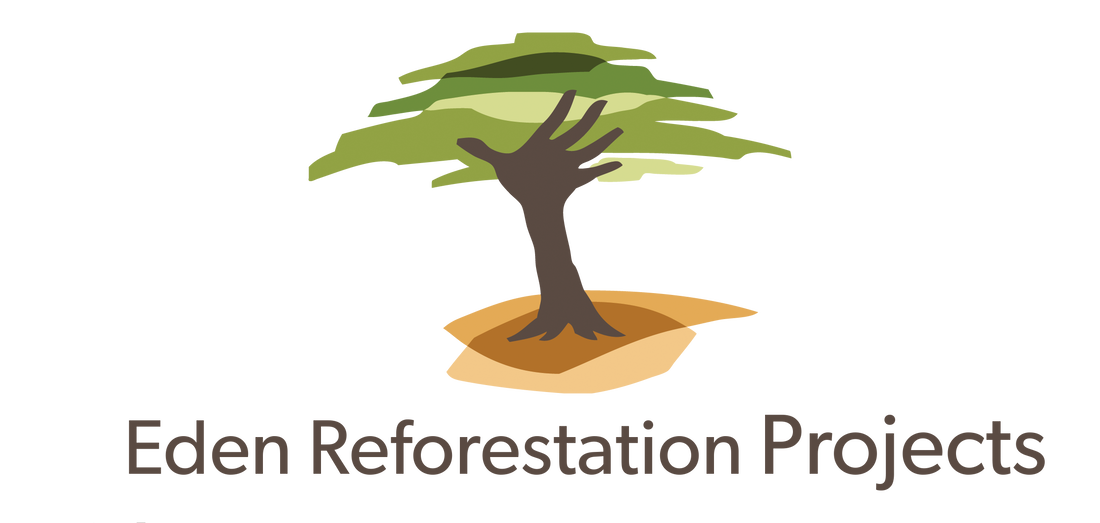We have all seen the news, the warnings from scientists and the protests for climate action. This year we’re at a code red for humanity. And along with temperature increases, we have rising sea levels and more frequent storms, all of which put coastal areas and small islands right in the red zone!
Manmade solutions to threats from the sea are pretty static – we do like a good sea wall or concrete breakwater! But they don’t evolve as the environment does, often leading to more flooding than they prevent. What if there was a cheaper and better way to protect shorelines? Which also increased carbon storage and biodiversity - all in one fell swoop?
Cue the Mangrove!
Mangroves have been the underdogs for a long time. Whilst lush tropical rainforests have taken the limelight, an even greater carbon store has been pushed to the background.
|
The tropical mangrove can pack a real punch, storing up to five times more carbon than your bog standard tree (pun intended).
If that wasn’t impressive enough, mangroves have the added advantage of being effective bio-shields. This means they’re awesome at preventing floods, storms, cyclones and tsunamis from reaching too far inland. |
In 2005, Hurricane Wilma devastated Florida but a study found that without mangroves, it would have advanced 70% further inland.
|
So, what’s their trick? The key is their complex, twisting, exposed root systems. It not only prevents soil erosion but causes obstruction in a way that’s pure genius. During storms, as waves enter the mangrove forest each root or branch it hits, zaps the wave of its energy. This reduces the distance a wave can travel inland and trapping any debris within their complex root network. |
|
Just 100 metres of mangroves can reduce wave height by up to an impressive 66%, as their intricate root systems tangle up the waves, helping to prevent serious inland flooding and reducing the devastating impact of tsunamis. Their dense forest canopies also reduce wind speeds, protecting nearby infrastructure and the local communities within.
|
And just when you thought they couldn’t get any better… Mangroves are absolutely vital to the health of coastal marine ecosystems. This is secretly one of the main reasons why we love them at JUST ONE Tree.
An incredible three quarters of the world’s tropical fish species are born within mangrove roots and mangrove swamps provide a home to turtles, sharks, crocodiles, prawns, crabs, lobsters, other molluscs and invertebrates.
|
What’s Happening in Haiti?
Small islands are facing today’s challenge of an average sea level rise of 3.2mm per year due to global warming. For these communities, mangroves are more important than ever.
Haiti, considered to be the poorest country in the Western Hemisphere, sits in the middle of a ‘hurricane belt’. With 39% of its mangrove forests lost in the last 25 years, this Caribbean region regularly experiences devastating storms, with all the risk to human life and environment they bring.
At JUST ONE Tree, we concentrate on planting the right trees in the right place - not just the cheapest trees, but where our trees will have the greatest impact. And right now, Haiti is one of those places.
|
That’s why, with the aid of our on the ground partners Eden Reforestation, we’ve begun planting in two different sites in Haiti.
Our first plot of 25,000 mangroves is located in Aquin West Bay, on the southern coast of the country. It will provide long-term protection and restoration of this once highly degraded landscape and vital fishing ground.
|
The local community will also be supported - employed in both planting and protecting the forest.
But the benefits don’t stop there.
The area has around 100,000 inhabitants, many of whom rely on fishing for their livelihoods. The area is also home to lots of coral reefs. Supporting and protecting the mangroves will help to ensure there are lots of places for baby fish and invertebrates to grow up, securing the coral reefs of tomorrow – and the fishing catches of the local community. Excitingly, we’ve already managed to fill our plot, and our trees are rooting into their new homes!
Our second site is located on Île Á Vache, a small island lying off the southwest coast of Haiti. This island used to be the hot spot for pirates to hang out. Yes...real life pirates. Now, it is home to roughly 14,000 Haitians, nearly all of whom rely on fishing and agriculture for their livelihoods.
|
We aim to plant over 175,000 trees within this site. This will support the local community with agricultural education, training and sustainable incomes through the reforestation process whilst helping to protect its terrestrial and marine ecosystems. Haiti mangroves are home to 13 wildlife species that are endangered such as the West Indian manatee, the American crocodile and the Atlantic sea turtle.
|
As with all our projects, we’re putting people at the very heart of them. We’re not just employing local community members to plant our trees.
This blog was correct at the time of writing in 2021. Our reforestation sites were planted to capacity and the project was a success. Our restoration partner in Eden no longer operates in this country, so we are actively looking for new planting partners on the ground.





















